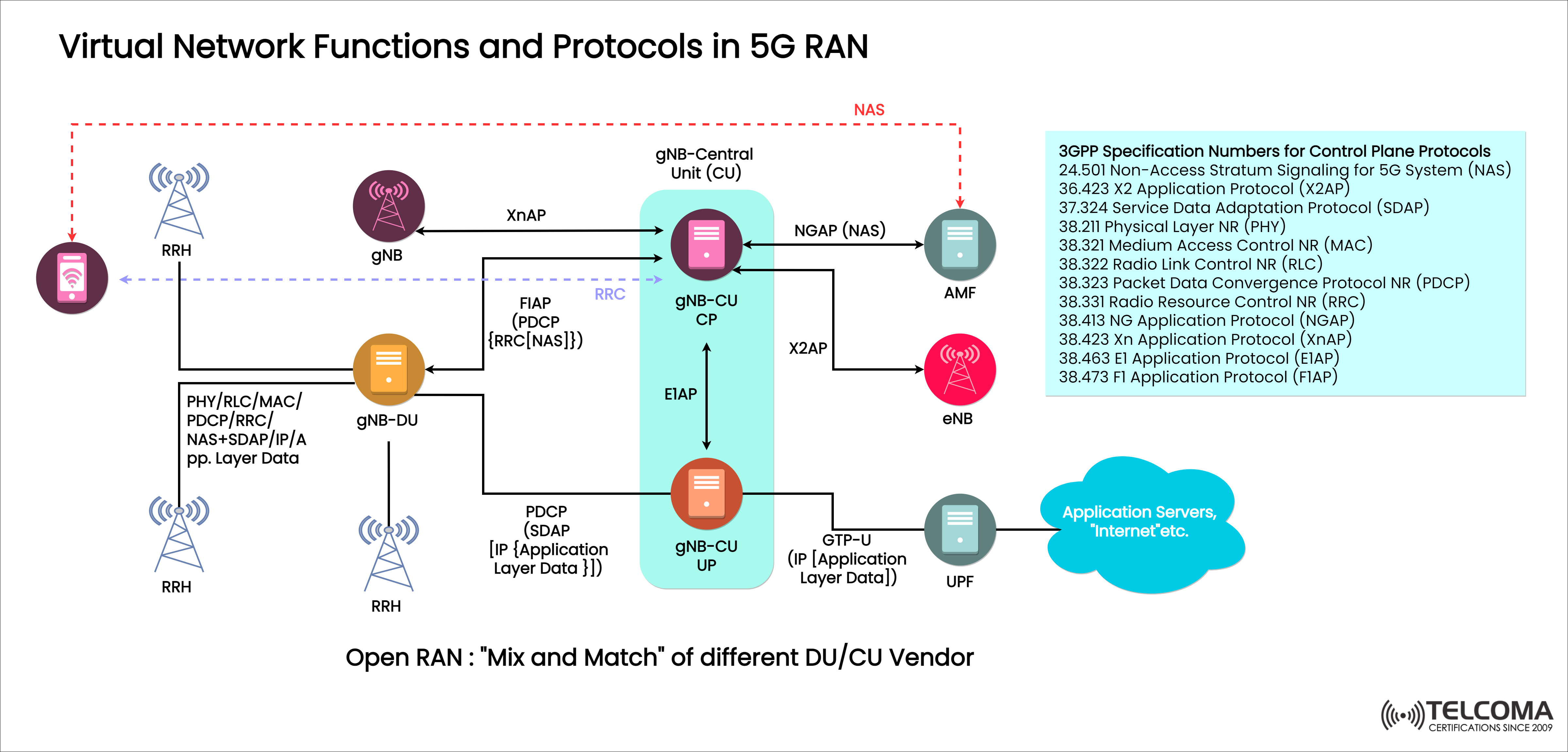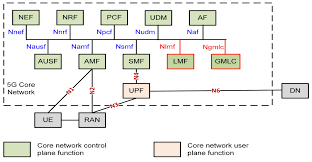What is Xn-AP (Xn Application Protocol) and Its Role in 5G?
telcomatraining.com – The advent of 5G has brought revolutionary changes to the telecommunications industry, with faster speeds, lower latency, and the potential for a vast number of connected devices. One of the key protocols supporting the smooth operation of 5G networks is the Xn-AP (Xn Application Protocol). In this article, we will explore what Xn-AP is, its significance in 5G, and its role in enabling seamless communication between various network components.
Understanding Xn-AP
The Xn-AP, or Xn Application Protocol, is a communication protocol that facilitates the interaction between different base stations or radio access network (RAN) nodes in 5G systems. It serves as a core part of the Xn Interface, which connects various elements of the network to ensure the smooth transfer of data and resources.
In the context of 5G, Xn-AP acts as a protocol for communication between gNodeBs (next-generation base stations) over the Xn interface. It provides mechanisms for signaling and data exchange, which are crucial for the dynamic and complex environment of 5G networks. The Xn-AP is responsible for handling tasks like handovers, mobility management, load balancing, and resource management, ensuring high performance and reliability in the 5G ecosystem.
The Role of Xn-AP in 5G Networks
The role of Xn-AP in 5G cannot be overstated. It plays a central part in enabling key features and functionalities within the network, especially considering the vast scale and complexity of modern 5G deployments. Below are some of the critical roles of Xn-AP in 5G:
1. Handover Management
One of the most essential functions of Xn-AP in 5G networks is supporting seamless handovers between gNodeBs. Handover refers to the process by which a mobile device switches from one base station to another while maintaining an active connection. The Xn-AP facilitates the transfer of control information during handovers, ensuring that there is no disruption in service. This is especially important in 5G, where high-speed mobility (such as vehicles moving at high speeds) is common.
2. Mobility Management
Xn-AP plays a pivotal role in mobility management, allowing devices to maintain their connection as they move between different network cells. By supporting efficient signaling, Xn-AP ensures that the device’s context and connection state are preserved, even when it transitions from one gNodeB to another. This helps maintain the high-speed, low-latency performance that is a hallmark of 5G.
3. Load Balancing
In 5G networks, managing network traffic and load balancing is crucial to ensure that resources are used efficiently and that no single gNodeB becomes overloaded. The Xn-AP protocol facilitates load balancing by enabling communication between gNodeBs and providing the necessary signaling to redistribute traffic when necessary. This helps optimize network performance and ensures that users experience consistent speeds and low latency.
4. Interference Management
As 5G networks are designed to accommodate a dense array of base stations and connected devices, interference management becomes a critical factor. Xn-AP aids in interference management by allowing gNodeBs to share information about radio conditions and interference levels. This coordination enables the network to adjust transmission parameters and minimize interference, leading to better overall performance.
5. Resource Management
The efficient allocation and management of resources are vital in 5G, where the network needs to handle a massive number of connected devices. Xn-AP helps manage resources between gNodeBs, ensuring that the available bandwidth and radio resources are distributed in an optimal way to meet the demands of users and applications.
Xn-AP in the 5G Architecture
In the context of the overall 5G architecture, the Xn-AP operates at the application layer within the Xn Interface, linking the gNodeB (gNodeB is the base station in 5G) with other network elements. The Xn Interface is a key part of the 5G RAN (Radio Access Network), and it plays a significant role in enhancing the network’s scalability, flexibility, and performance. By facilitating high-speed data transfer and low-latency signaling between base stations, Xn-AP ensures that the 5G network can support a wide range of applications, from ultra-reliable low-latency communications (URLLC) to massive machine-type communications (mMTC).
Conclusion
Xn-AP is an essential protocol in the 5G ecosystem that supports critical functions like handovers, mobility management, load balancing, interference management, and resource optimization. By enabling seamless communication between gNodeBs, Xn-AP ensures that the 5G network operates efficiently, providing users with the high-speed, low-latency experience that is expected from next-generation mobile networks. As 5G continues to evolve, the importance of protocols like Xn-AP will only grow, enabling even more advanced features and capabilities in the rapidly expanding world of 5G.







